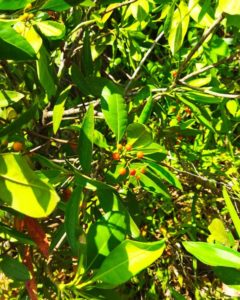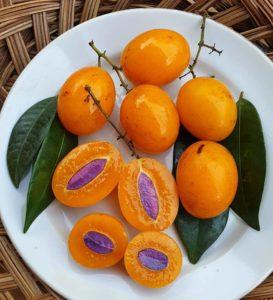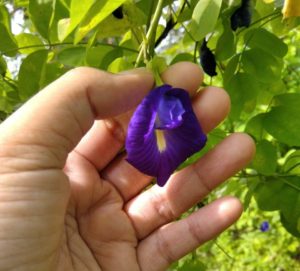One of the chronic diseases in Indonesia is a metabolic disease. Metabolic disease with hyperglycemia/hyperlipidemia occurs due to defective insulin secretion in Langerhans / insulin resistance in tissues. Medicinal plants have been widely practiced for ethnomedical management of diabetes or hyperglycemia in the traditional therapy system.
Metabolic syndrome
Metabolic syndrome is the medical term for a combination of diabetes, high blood pressure (hypertension), and obesity. It puts you at greater risk of getting coronary heart disease, stroke, and other conditions that affect the blood vessels. On their own, diabetes, high blood pressure, and obesity can damage your blood vessels, but having all 3 together is particularly dangerous. They’re very common conditions that are linked, which explains why metabolic syndrome affects an estimated 1 in 3 older adults aged 50 or over in the UK.
Symptoms of metabolic syndrome
Metabolic syndrome may be diagnosed if you have 3 or more of the following:
- being very overweight or having too much fat around your waist
- high triglyceride levels (fat in the blood) and low levels of HDL (the “good” cholesterol) in your blood, which can lead to atherosclerosis (where arteries become clogged with fatty substances such as cholesterol)
- high blood pressure that’s consistently 140/90mmHg or higher
- an inability to control blood sugar levels (insulin resistance)
Tembusu leaves (Cyrtophyllum fragrans (Roxb.) DC)
This plant is easily found in Sumatera and Kalimantan. Tembusu often see this tree planted along the perimeter of fields and can be found on the soccer fields or sometime in the playground. This tree has a characteristic trunk, dark brown and deeply fissured. It can grow around 10 to 25 meters tall. The nice thing is its creamy-yellow flower clusters have a distinct aroma and it is pollinated by the moths at night time. It also bears red berries that taste bitter but the birds and fruit bats really like to eat them.
Based on an ethnobotanical study says that “Local knowledge of the Daya of the People of South Sumatra used Cyrtophyllum fragrans (Roxb.) DC leaves to treat diabetic mellitus. This research is supervised by Prof. dr. Eddy Mart Salim, SpPD-KAI; Dr. dr. Mgs Irsan Saleh, M. Biomed; and also Prof. Dr. Ernawati Sinaga, M.S., Apt.
This research carried out in the Sriwijaya University laboratory, is clearly an experience in itself for the student team, and hopes that the results of this research can be used in the medical world.







